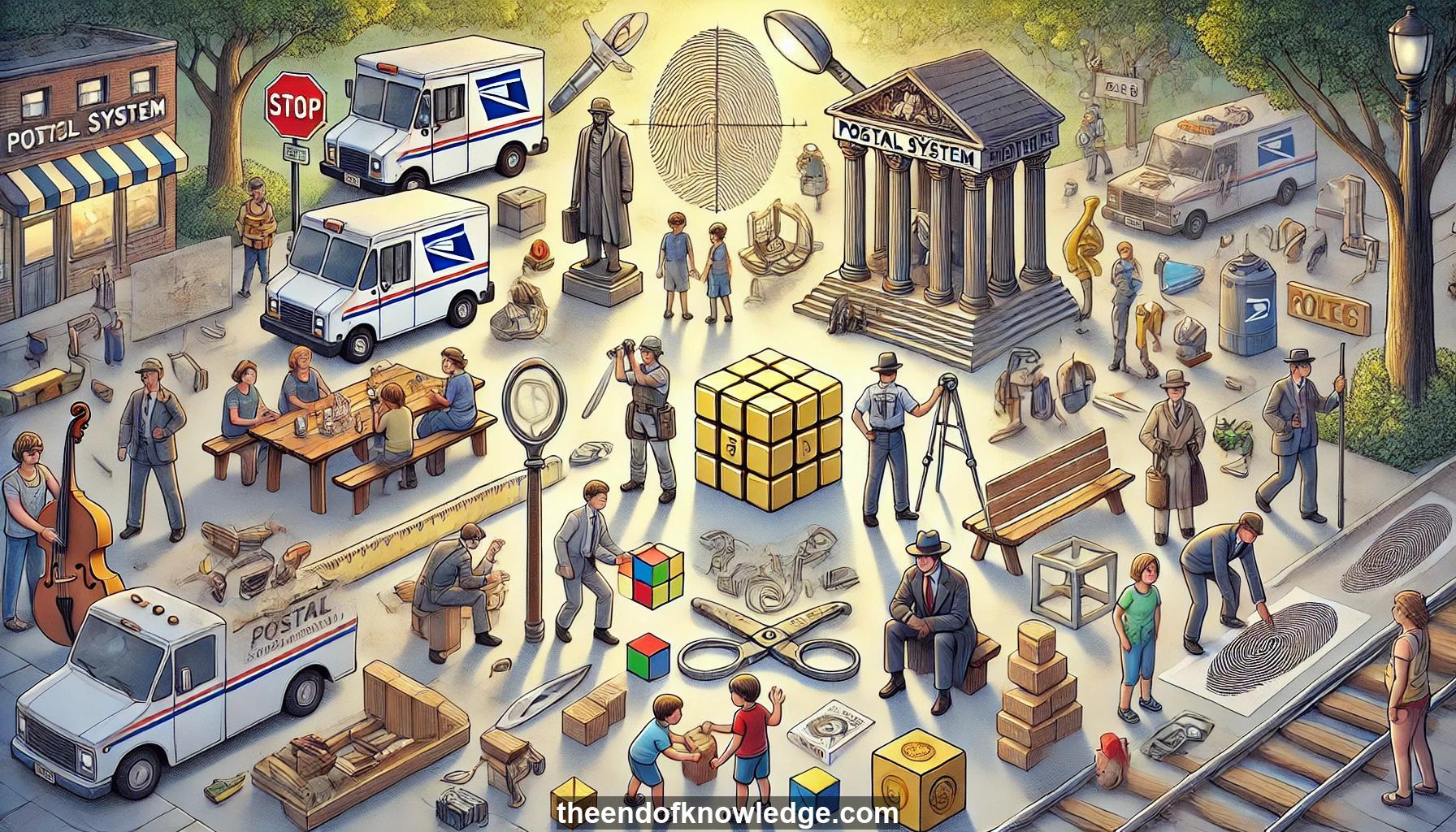 >
>
Concept Graph & Resume using Claude 3.5 Sonnet | Chat GPT4o | Llama 3:
Resume:
1.- Graph Neural Networks (GNNs) have become standard for analyzing graph data, with applications in chemistry, physics, recommender systems, and more.
2.- Benchmarking is crucial to track progress and develop powerful GNNs for real-world adoption of graph deep learning.
3.- Message Passing Graph Convolutional Neural Networks (MPGCNs) are popular GNNs, designed to be permutation-invariant, size-independent, and locality-preserving.
4.- Isotropic GCNs treat all neighbors equally, while anisotropic GCNs can differentiate between neighbors using edge features or learned mechanisms.
5.- GCNs benefit from batch normalization and residual connections, improving learning speed and generalization.
6.- Weisfeiler-Lehman (WL) test is used to check graph non-isomorphism, inspiring GNNs designed to match its expressivity.
7.- Graph Isomorphism Network (GIN) is designed to be as expressive as the WL test for distinguishing non-isomorphic graphs.
8.- Higher-order WL tests use k-tuples of nodes to improve expressivity, but with increased computational complexity.
9.- Equivariant GNNs aim to match k-WL test expressivity but face practical limitations due to high memory requirements.
10.- Recent work focuses on designing 3WL-expressive GNNs without cubic memory complexity.
11.- Benchmark datasets should be representative, realistic, and medium to large-sized to statistically separate GNN performance.
12.- The lecture introduces datasets for graph regression, classification, node classification, and link prediction tasks.
13.- Experimental settings include consistent data splits, optimizer settings, and parameter budgets for fair comparisons.
14.- Message passing GCNs outperformed WL GNNs on all benchmark datasets, possibly due to better scalability.
15.- Anisotropic mechanisms improve isotropic GCNs, with attention mechanisms showing good generalization capabilities.
16.- Structural encodings from GCNs cannot differentiate isomorphic nodes, limiting expressivity.
17.- Positional encodings can break structural symmetry, providing unique representations for each node.
18.- Good positional encodings should be unique and distance-sensitive, but cannot have a canonical representation due to graph symmetries.
19.- Laplacian positional encodings use eigenvectors of the normalized Laplacian matrix as a hybrid structural-positional encoding.
20.- During training, sign flips of Laplacian eigenvectors are randomly sampled to ensure independence from arbitrary choices.
21.- Laplacian positional encodings significantly improved performance on highly structured graphs and link prediction tasks.
22.- GCNs may fail in link prediction tasks due to inability to differentiate between isomorphic nodes.
23.- Expressive GCNs for link prediction require joint representation of nodes, encoding distances between nodes.
24.- Edge representations with positional encodings enhance link prediction performance.
25.- The lecture concludes that message passing GCNs outperform WL GNNs on benchmark datasets.
26.- Graph sparsity, batch normalization, and residual connections are universal building blocks for effective GCNs.
27.- Anisotropic mechanisms improve isotropic GCNs in practice.
28.- Laplacian eigenvectors offer improvements over simple index positional encodings.
29.- Recent work aims to improve efficiency of WL techniques while maintaining expressivity.
30.- Future research should focus on matching theoretical advances with practical performance through rigorous benchmarking.
Knowledge Vault built byDavid Vivancos 2024